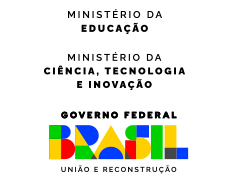Seminários
HOJE
Dinâmica em superfícies e a ação no grafo fino de curvas
Resumo: Vou apresentar a classificação das ações induzidas por homeomorfismos de superfícies no grafo fino de curvas. Esse grafo, introduzido ha pouco tempo, é um espaço Gromov-hiperbólico em que o grupo de homeomorfismos da superfície original age de maneira isométrica (e vou explicar porque isso é legal). Trabalho em conjunto com E. Militon
Quasi-homogeneous cones
Resumo: A cone $V$ in a Euclidean space is quasi-homogeneous if it contains a compact subset $K$ such that every point of $V$ can be mapped into $K$ by a linear automorphism of $V$. I will discuss a theorem of Kac-Vinberg, which says that the projectivisation of a quasi-homogeneous cone in ${\mathbb R}^3$ with piecewise $C^2$ boundary is either an ellipse or a triangle.
PRÓXIMOS
The Mordell-Weil Theorem
Resumo: The Mordell-Weil Theorem is a fundamental result about elliptic curves, which states that the group of rational points of any elliptic curve is finitely generated. In this talk, I will recall some main results in algebraic number theory and give a sketch of the proof.
Isometric immersions of bordered surfaces and geometry of infinite Grassmannian
Resumo: We will discuss Kapovich-Millson space of polygons, its smooth analog -- Millson-Zombro space, and their Grassmannian nature. The first half of the talk will be devoted to a theorem of the speaker (joint with S. Anan'in) which roughly says that the space of isometric immersions of a polyhedral disk in R^3 has the natural structure of a Lagrangian subset in the Kapovich-Millson space. In the second half we'll talk about a conjectural picture relating the space of smooth isometric immersions of a disk, and some Lagrangians in the Millson-Zombro space. Supporting evidence, partial results and reductions will be given.
Holomorphic foliations of degree two and arbitrary dimension
Resumo: Classification of holomorphic foliations on projective spaces is an interesting problem with only a few known cases. For codimension one, the classification is completely known up to degree two, and there are some partial results in higher degrees. In higher codimension less is known, with complete classification up to degree one. In this talk, we will present a structure theorem for degree-two foliations of arbitrary dimension and discuss the difficulties in achieving a complete classification. This is a joint work with Maurício Corrêa (Università di Bari).


